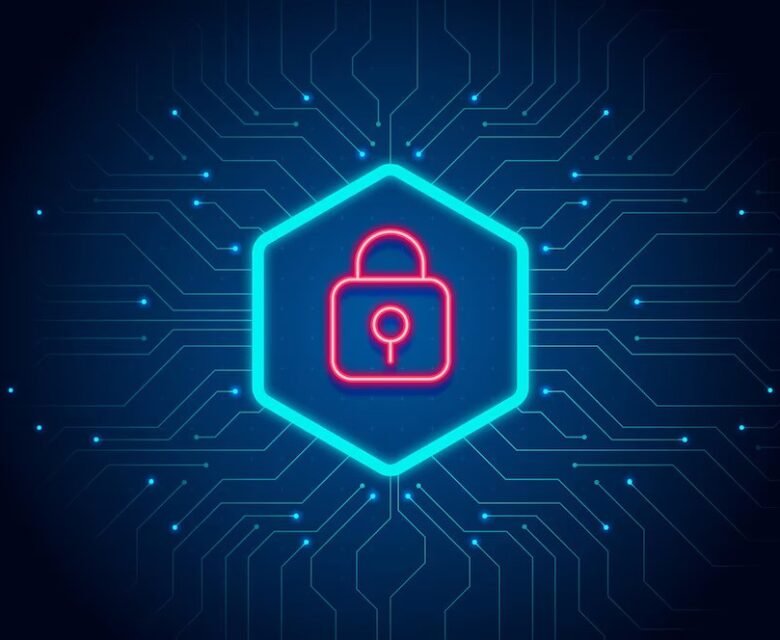When you hear the word “server,” you might think of a powerful, mysterious machine hidden away in a data center, processing endless streams of data. But what exactly is a server, and how does it differ from the desktop computer sitting on your desk? In this blog post, we’ll break down these concepts in simple terms, making them easy to understand in just two minutes.
What is a Server?
At its core, a server is a dedicated computer designed to provide services to other computers, known as clients. Think of it as the central hub in a network where multiple clients, like your laptop or smartphone, connect to access various services. These services can range from retrieving a website, accessing data, or sending and receiving emails.
Servers are typically centralized machines that can handle multiple connections simultaneously, whether over the internet or within a local area network (LAN). In larger organizations, you might find servers dedicated to specific tasks—one for hosting websites, another for storing data, and yet another for managing emails. Smaller organizations, on the other hand, might consolidate these tasks onto a single server.
The Role of a Server
When we talk about a server, we’re not just referring to a powerful computer in a physical sense. A server is defined by the role it plays in a network. Interestingly, even a regular desktop computer can be configured to act as a server. For example, you could set up a home network where your desktop functions as a file server, storing files that other devices in your home can access.
However, there’s a catch. Desktop computers have their limitations when it comes to acting as servers. They’re not built to handle the heavy workloads or the large number of connections that a dedicated server is designed to manage. This is due to both hardware and software constraints. Desktop operating systems are typically optimized for individual use and can only support a limited number of simultaneous connections.
Why Servers Need to be Reliable
Unlike your desktop computer, which you can shut down at the end of the day, servers need to be up and running 24/7. They’re vital to the operations of businesses and organizations, and any downtime can have serious consequences. This is why servers are built with robust hardware that can handle continuous operation with minimal downtime.
For instance, while a desktop might use a processor from the Intel Core series, servers often use processors like Intel Xeon, which are specifically designed for multitasking and handling large workloads. Xeon processors also support multiple processors on a single motherboard, a feature not available in typical desktop processors.
Key Differences: Server vs. Desktop
- Processors: Servers use high-performance processors like Intel Xeon or AMD EPYC, which support multiple processors and have higher core counts. These processors are built for tasks that require processing large amounts of data simultaneously. In contrast, desktop processors, such as those in the Intel Core series, are optimized for individual tasks and don’t support multiple processors.
- Memory (RAM): Servers use ECC (Error-Correcting Code) RAM, which detects and corrects memory errors in real-time, ensuring that the server doesn’t crash due to memory issues. This type of RAM is crucial for the reliability of servers, whereas desktops typically use standard RAM without error correction.
- Storage: Servers often use RAID (Redundant Array of Independent Disks) configurations, which mirror data across multiple hard drives. This setup ensures that if one drive fails, no data is lost, and the server remains operational. Additionally, servers use hot-swappable drives, allowing hard drives to be replaced without shutting down the system.
- Power Supply: To ensure continuous operation, servers have redundant power supplies. This means that if one power supply fails, the server can continue running on the backup supply, avoiding any interruptions.
- Operating System: Servers run on specialized operating systems like Linux, Windows Server, or macOS Server, which are designed to handle thousands of concurrent connections and run non-stop. Desktop operating systems, in contrast, are optimized for personal use with fewer connections and less demanding workloads.
Types of Servers
Servers come in various types, each providing a specific service:
- Web Server: Hosts websites and delivers web pages to users via the internet. When you visit a website, your browser connects to a web server to retrieve the site’s data.
- Email Server: Manages the sending, receiving, and storage of emails. It works with email clients like Outlook or Thunderbird using protocols such as IMAP, POP, and SMTP.
- Database Server: Stores and manages data that can be queried and retrieved by applications. For example, when you use an online banking app, the app queries a database server to access your account information.
Conclusion
In summary, while servers and desktops may appear similar on the surface, they serve very different purposes. Servers are designed to handle continuous, heavy workloads with high reliability, making them essential for any organization that relies on consistent data access and processing. Desktops, on the other hand, are built for individual use and are not equipped to handle the demands of a server environment.
Understanding the differences between servers and desktops is crucial, whether you’re setting up a home network, managing IT infrastructure for a business, or preparing for a career in cybersecurity or networking.
Thanks for taking the time to learn about servers! If you found this information helpful, feel free to explore more on our blog, subscribe to our updates, or follow us on social media for the latest insights into technology and IT infrastructure.





